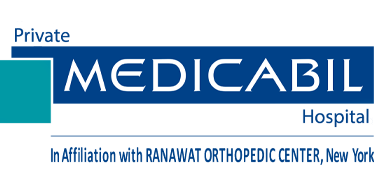Herniated Disc
- Home
- Herniated Disc
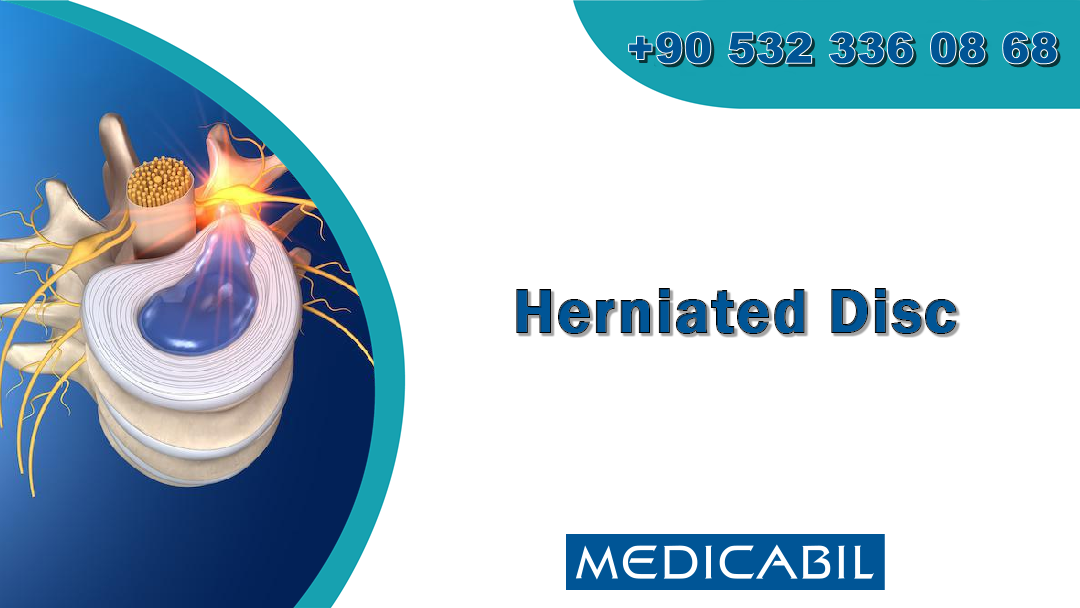
Although a herniated disc may sound like a bad disease, most patients recover within weeks without surgical treatment. Correct drug therapy, physical therapy, exercise can be recommended by contacting the doctor early. Proper diagnosis and treatment ensure rapid recovery. Try not to take painkillers often and let me know if symptoms change. Tell your doctor immediately if there is a violation of bladder and bowel control in addition to pain, and if there is a loss of sensation in the genital area.
What Is A Hernia?
The spine consists of bone structures that ride on top of each other, called the vertebrae. The disc is a structure consisting of connective tissue that acts as a cushion between the two vertebrae. The outer layer of the disc is rigid and is called “annulus fibrosis”. Its center is gel-like and is called” nucleus pulposus". With aging, the center of the disc loses water and the pillow loses its function. This, in turn, causes the center of the disc to bounce off the outer layer and cause hernia. Most hernia occurs in the last two discs of the lumbar. A herniated disc presses on the nerve, causing pain, numbness, weakness in the legs called sciatica. Sciatica occurs in 30-50 years of age and 1-2% of patients. In addition, a herniated disc can cause lower back pain.
What Treatments Are Available?
In 80% -90% patients, acute disc hernia heals without surgery. In the first weeks, non-surgical treatments are preferred. If the pain does not go away despite these treatments, surgery is recommended. Surgery may not restore leg strength, but it prevents the leg from becoming weaker and eliminates pain. Surgery with 90% success, corrects leg pain. It is less effective in lower back pain. Non-surgical treatments include short-term rest, anti-inflammatory drug therapy, analgesics, physical therapy, epidural steroid injection. Bed rest should not be too long-term because it causes retention in joints and muscles. Exercises should generally be in a style that does not burden the waist. The aim of surgical treatment is to reduce irritation of the disc and nerve and restore the patient's functions. This can be achieved with an organized program in most patients. In addition, ultrasound, electrical stimulation, hot and cold application, massage, such as treatments can be applied to solve pain and novelization. Sometimes the use of a waist corset may also be recommended. Manipulation is not recommended as it can make the hernia worse. At first times soft stretching exercises and posture changes are recommended.
As the pain decreases, more extensive and difficult exercises are switched to provide flexibility, strength. Applying these exercises at home is an important part of the treatment.
These exercises should be the patient's lifestyle for the future.
Drug therapy, the medicine used for pain is called analgesia.Most pain passes with drugs such as aspirin, anti-inflammatory, aceteminophene. Narcotic analgesics can be used if the pain persists. Sometimes novelties can also be used. These drugs should only be taken at the recommended dose and it should be noted that they have side effects. Non steroidal anti-inflammatory drugs reduce pain as well as relieve edema and inflammation caused by herniation. These drugs include aspirin, ibuprofen, naproxen. These drugs can cause stomach problems, especially stomach bleeding, and should be used under the supervision of a doctor. Due to its strong anti-inflammatory properties, steroids can be used for very severe lower back and leg pain. Side effects of these drugs should not be forgotten. In addition, epidural injection or nerve blocks can be applied in severe pain. Applying local anesthetics to sensitive points is also a separate method. These can be applied to painful soft tissue, the muscles that run along the spine.
Surgery
The purpose of surgery is to eliminate irritation of the herniated disc to the nerve, which causes pain and weakness. The most common method is discectomy or partial discectomy. This method removes the part of the disc that has become herniated. Sometimes it is removed to the lamina, the bone behind the disc, to see the disc clearly. This bone removal can be minimal (hemi-laminectomy ) or extensive (hemi-laminectomy). Some surgeons may use an endoscope or microscope. Discectomy can be performed under local, spinal or general anesthesia. The patient is laid face down on the operating table. A small incision is made through the herniated disc, and the muscles between the vertebrae are separated from the bone. A piece of bone can be removed to see the pressed nerve. A herniated disc and loose parts are cleaned until the pressure on the nerve is lifted. If there are any bone protrusions, they are taken. Usually, there is very little bleeding in this operation.
What Can I Expect After Surgery?
If the main symptom is leg pain rather than lower back pain, the results of surgery are very good. Before surgery, the cause of pain should be examined very well to see if it is really a hernia. A positive test for lifting a straight leg on a physical exam indicates the presence of sciatica. Various imaging methods clearly show nerve pressure. If all of these tests are positive, you have nerve pressure, and the success of the surgery is more than 90%. In most patients, complications do not develop after discectomy, and if they do, they include bleeding, infection, tearing of the external structure that protects the spinal nerve root, or damage to the nerve. In 5% of patients, the hernia may recur. Most patients can return home and get up within 24 hours. These patients should avoid driving, sitting for long periods of time and leaning forward in the first weeks. Rehabilitation programs are beneficial for these patients.
What Do I Know I Need Urgent Surgery?
In rare cases, a large piece of herniation can disrupt their function by pressing on the nerves that control the bladder and intestines. This may be accompanied by numbness and loss of sensation in the genital area. If this condition develops, you should inform your doctor immediately. The waist region is known as the place that carries the most body weight. There are five vertebral bones in the lumbar part of the spine. Between these vertebral bones is a special disc-shaped connective tissue that facilitates movement, makes the spine durable and acts as a protective against impact. The disc between the vertebrae consists of two parts: the inner and outer layer. When the structure of the outer layer deteriorates, the inner soft layer overflows to the outside. This overflowing part puts pressure on the nerves in the spinal canal and compresses these nerves. The disease that occurs in this way is called a herniated disc.
What Are The Causes of Herniated Disc and Who Has Herniated Disc?
A herniated disc usually occurs in middle age, but can occur at any age. No differences were observed between men and women in terms of the incidence of herniated disc. Being overweight is the most common cause of herniated disc. Our spine carries the weight of our body. Overweight people develop wear and disfigurement due to pressure on the discs. This, in turn, creates a predisposition to herniated disc. In pregnancy, the forward displacement of the body's center of gravity causes additional load on the spine. The function of all the neck, back and waist muscles that extend along the spine, as well as the abdominal muscles, is very important. Because the muscles are weak in cases such as sedentary life, lack of regular exercise, additional load is placed on the spine and therefore on the discs. This, in turn, causes hernias. Smoking is known to increase disc wear and slow recovery. In our daily lives, movements that we do wrong, such as unwittingly lifting heavy loads, pushing objects, pulling them, can lead to a herniated disc. In occupations requiring heavy physical activity and heavy lifting, in occupations requiring constant forward bending, bending, driving, such as cars, buses, trucks, occupations requiring constant vibration of the body, in occupations requiring long standing or sitting, in people engaged in football, weightlifting, rowing and wrestling sports, the frequency of low back pain and herniated disc increases. As age progresses, the vessels that feed the discs and the amount of water in the disc decreases. The amount of water in it decreases and the disc shrinks, which cannot get enough nutrients. Deterioration in the structure of the disc and its associated predisposition to herniated disc increases. In addition to these factors, hereditary (family) factors are also effective. Those with a herniated disc in their family are at risk.
What Are The Symptoms of Herniated Disc?
The most common symptom of herniated disc is pain in the waist and leg. Low back pain, pain hitting the legs, numbness in the feet, restricted mobility, difficulty walking and sitting, limping while walking can be seen. In more advanced and severe forms of herniated disc, paralysis of the legs, sexual disorders, difficulty in urinating and performing large ablutions, or inability to hold urine can be observed. HOW IS IBS DIAGNOSED? About 80% of people experience low back pain at least once in their lives. But not every back pain is a herniated disc. Many problems can cause lower back pain, such as cancer, lumbar shift, rheumatic diseases, hurting your back. This is why you need to be careful when making a diagnosis. In the diagnosis of herniated disc, the medical history provides the most important clues in the diagnosis. Usually, there is a history of pain that hits the leg following more or less lower back pain. A good neurological and physical examination usually provides a diagnosis. By examination, which nerve root is stuck, the severity of this compression can be easily determined. Examination findings are essential in the choice of treatment method. Radiological examination: with a simple radiological examination, you can recognize congenital spinal diseases, calcifications, spine shifts, some tumors characterized by low back pain that affect the mechanics of the spine. Lumbar MRI plays an important role in diagnosis. With this method, it is easy to determine where and in which tissue the problem is. In addition, computed tomography can be preferred because it better reveals the condition of the bone. These images must be supported by examinations and clinical tests. EMG may be required in terms of differential diagnosis and operation strategy in cases where surgery is decided by examination findings.
-
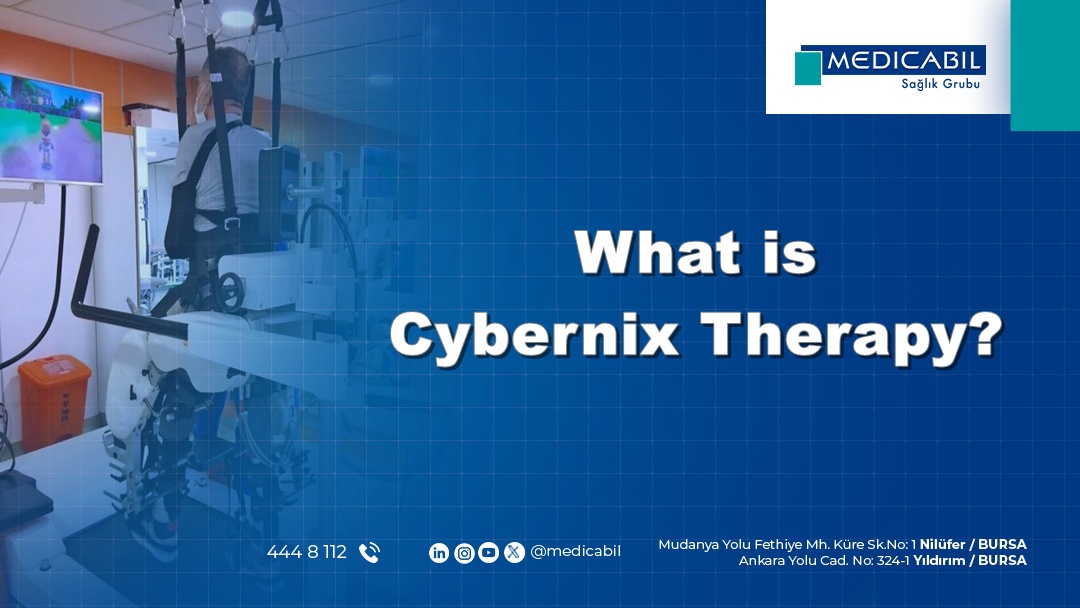 What is Cybernix Therapy?
What is Cybernix Therapy?
-
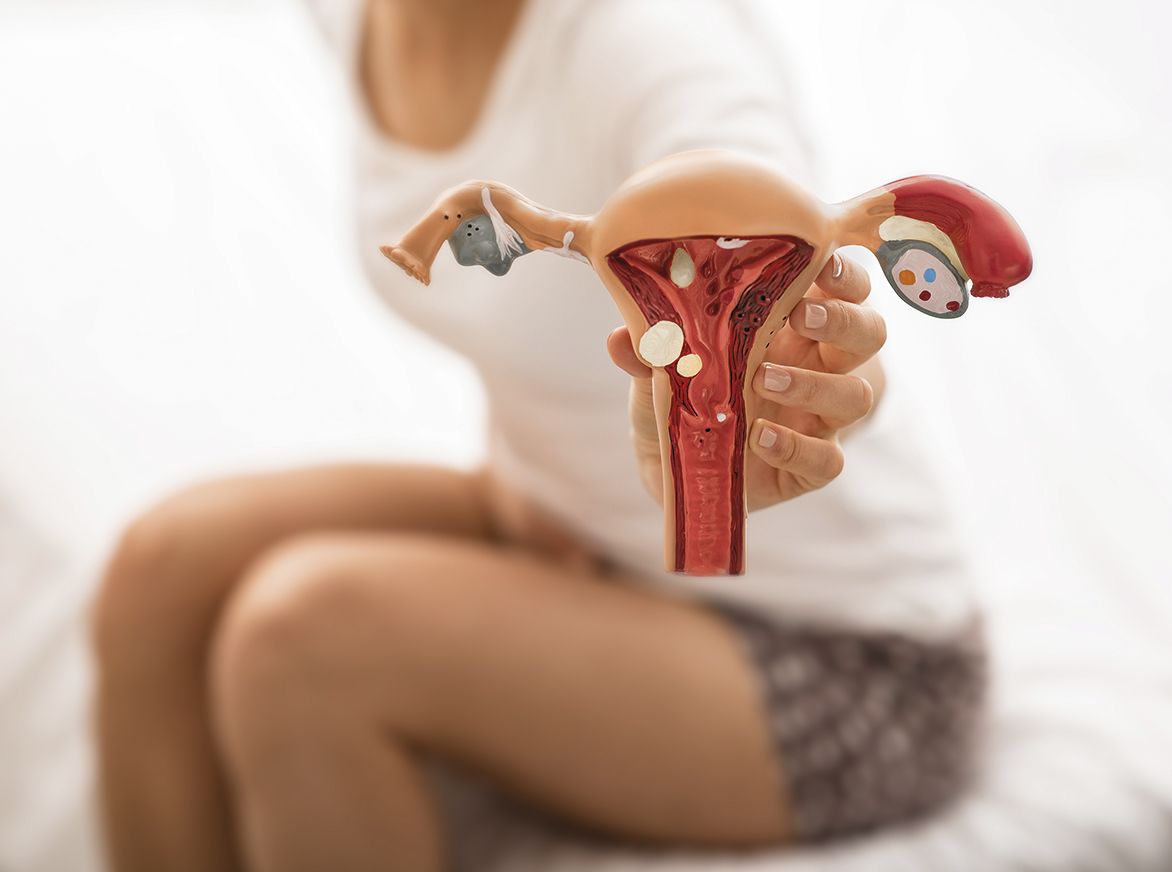 What is Endometriosis (Chocolate Cyst)? What are the symptoms? How to Treat?
What is Endometriosis (Chocolate Cyst)? What are the symptoms? How to Treat?
-
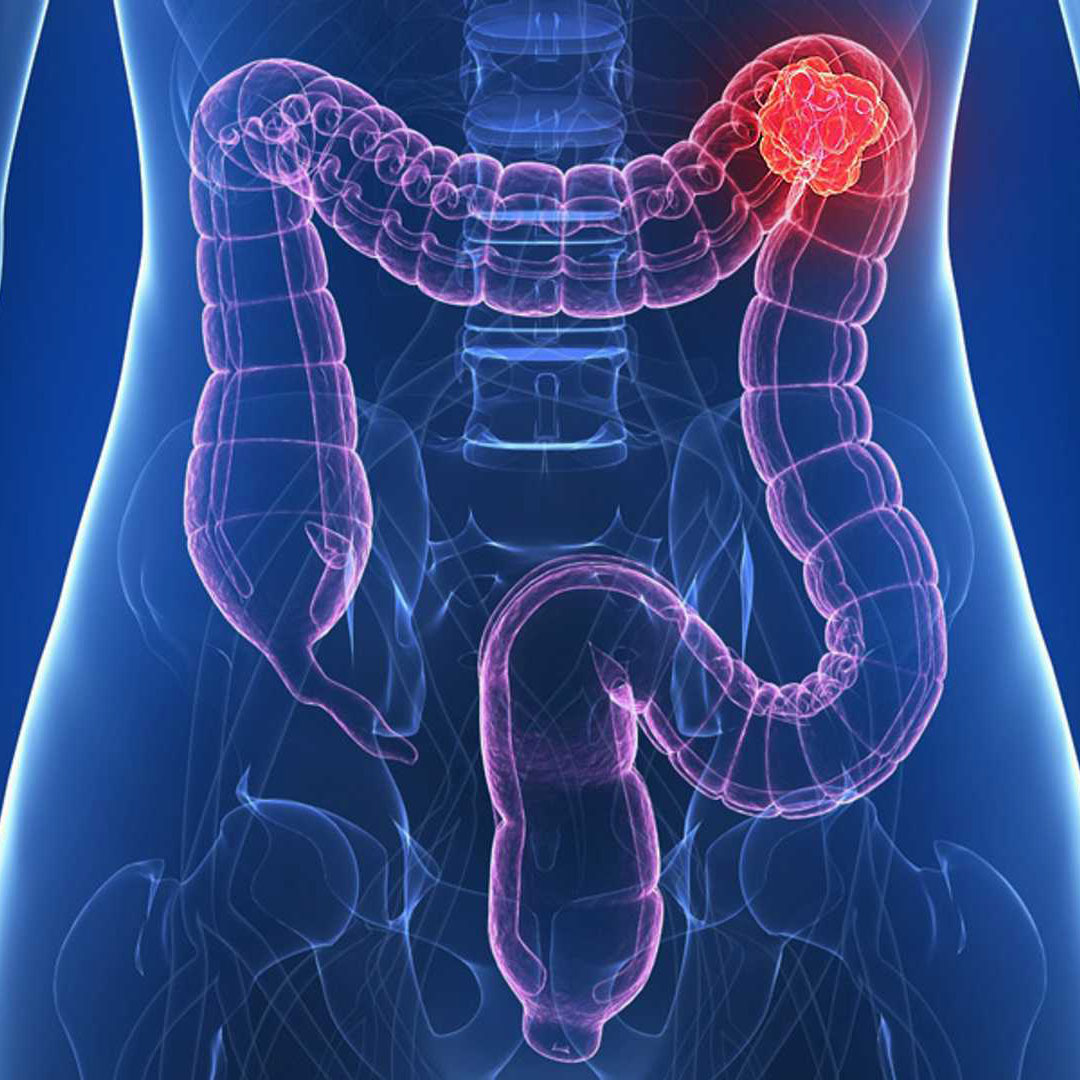 Colon Cancer (Symptoms, Stages, Treatment)
Colon Cancer (Symptoms, Stages, Treatment)
-
 Influenza (Flu) in Children
Influenza (Flu) in Children
-
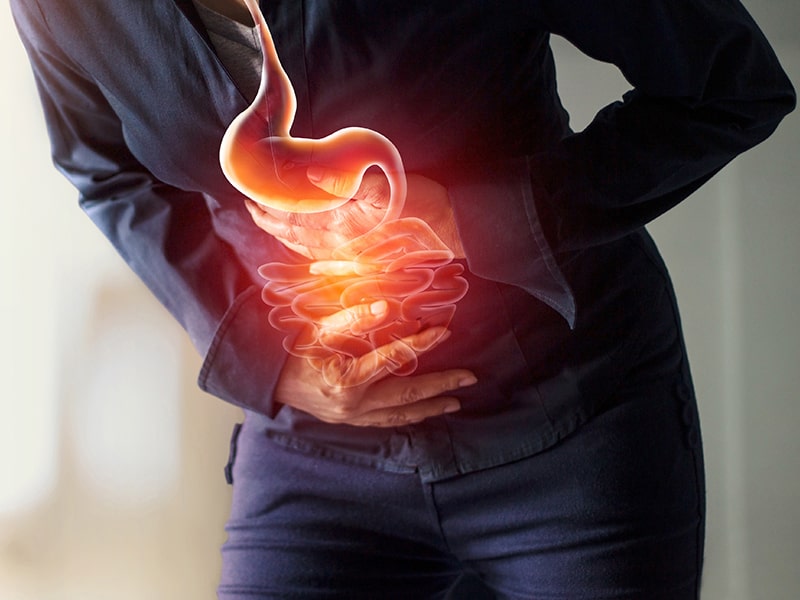 Stomach Cancer Symptoms and Treatment Methods
Stomach Cancer Symptoms and Treatment Methods
-
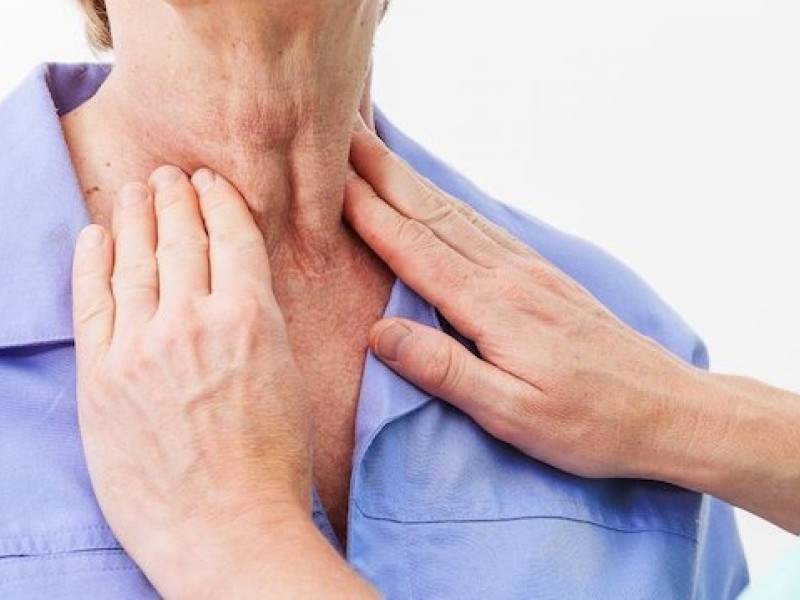 What is Lymph Node Swelling? What Are The Reasons?
What is Lymph Node Swelling? What Are The Reasons?
-
 When to Use Antibiotics? What are the side effects? What is Antibiotic Resistance?
When to Use Antibiotics? What are the side effects? What is Antibiotic Resistance?
-
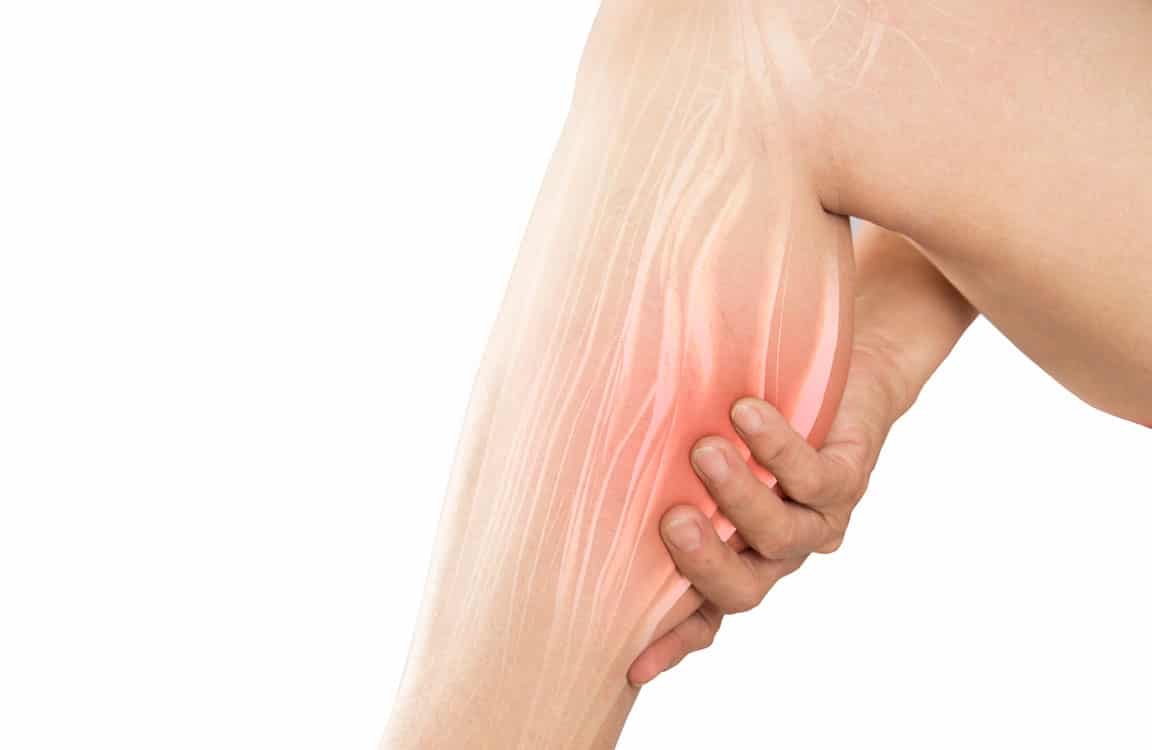 What is Muscle Spasm?
What is Muscle Spasm?
-
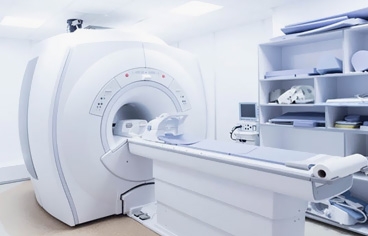 What is MRI? How to Take an MRI with Medication? Is It Harmful?
What is MRI? How to Take an MRI with Medication? Is It Harmful?
-
 What are the Causes of Diarrhea and Vomiting? How to Treat?
What are the Causes of Diarrhea and Vomiting? How to Treat?
